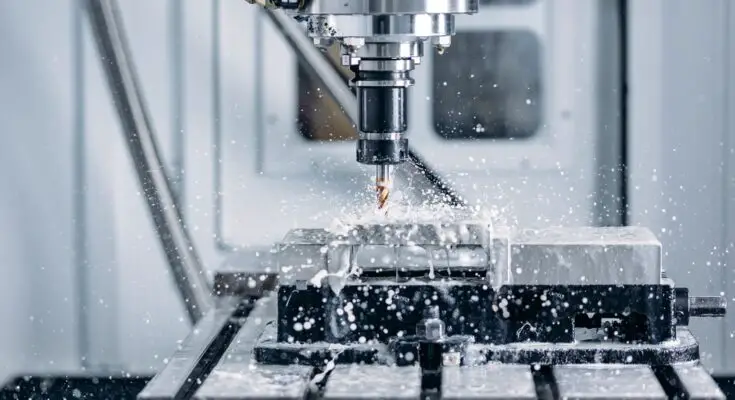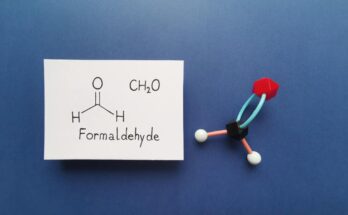CNC (computer numerical control) machines are the backbone of modern manufacturing. They enhance precision, streamline processes, and deliver unmatched efficiency in creating intricate components.
However, operating CNC machines without adequate awareness of potential hazards can lead to accidents, injuries, or costly downtime. To maintain a safe working environment, understanding these hazards and taking proactive steps to prevent them is crucial. Below, you’ll discover the most common safety risks of CNC machines and how to avoid them to maintain safety and productivity in your workflow.
High-Speed Moving Parts
CNC machines include high-speed components like spindles, drills, and cutting tools. While these moving parts are integral to their functionality, they present one of the most significant risks to operators. Accidents involving high-speed parts can result in severe injuries, especially if clothing, hair, or tools get caught in the machine.
To prevent such hazards, always ensure operators wear appropriate protective clothing, including snug-fitting garments, safety goggles, and closed-toe shoes. Additionally, make it mandatory for personnel to tie back long hair to eliminate the risk of entanglement. Guards and enclosures around the moving parts are another essential element of safety. Maintaining clear safety zones around CNC machines and equipping them with emergency stop buttons can help ensure a rapid response if something does go wrong.
Flying Debris
CNC machines often produce flying debris like metal shavings, wood splinters, or other small particles. This debris is generated during high-speed cutting, milling, or drilling operations and can be dangerous to machine operators and anyone in the vicinity. Injuries from flying debris can range from minor cuts to serious eye injuries, creating a hazardous environment if unaddressed.
The first line of protection against flying debris is wearing personal protective equipment, including safety goggles or face shields. Machine operators should always keep protective guards in place, as these barriers are designed to contain debris within the machine’s operating area. Regularly cleaning workspaces and removing accumulated waste helps minimize leftover material that could become airborne.
Electrical Hazards
Electrical issues present another significant safety hazard to avoid with CNC machines. Faults like short circuits, wiring issues, or failing components can lead to electrical shocks or fires. Another common issue to watch out for is a failing vector drive, which can cause electrical malfunctions and jeopardize the overall operation of the machine.
To mitigate electrical risks, routine maintenance and inspection of electrical components are non-negotiable. Operators and technicians must verify that all wiring, fuses, and connections remain in good condition and free from wear or damage. Keeping machines grounded and ensuring that employees never perform maintenance on live machines are fundamental safety measures.
CNC machines are vital tools, but their safe operation requires vigilance and preparation. By understanding and addressing these hazards, businesses can foster a safer working environment for everyone involved.



